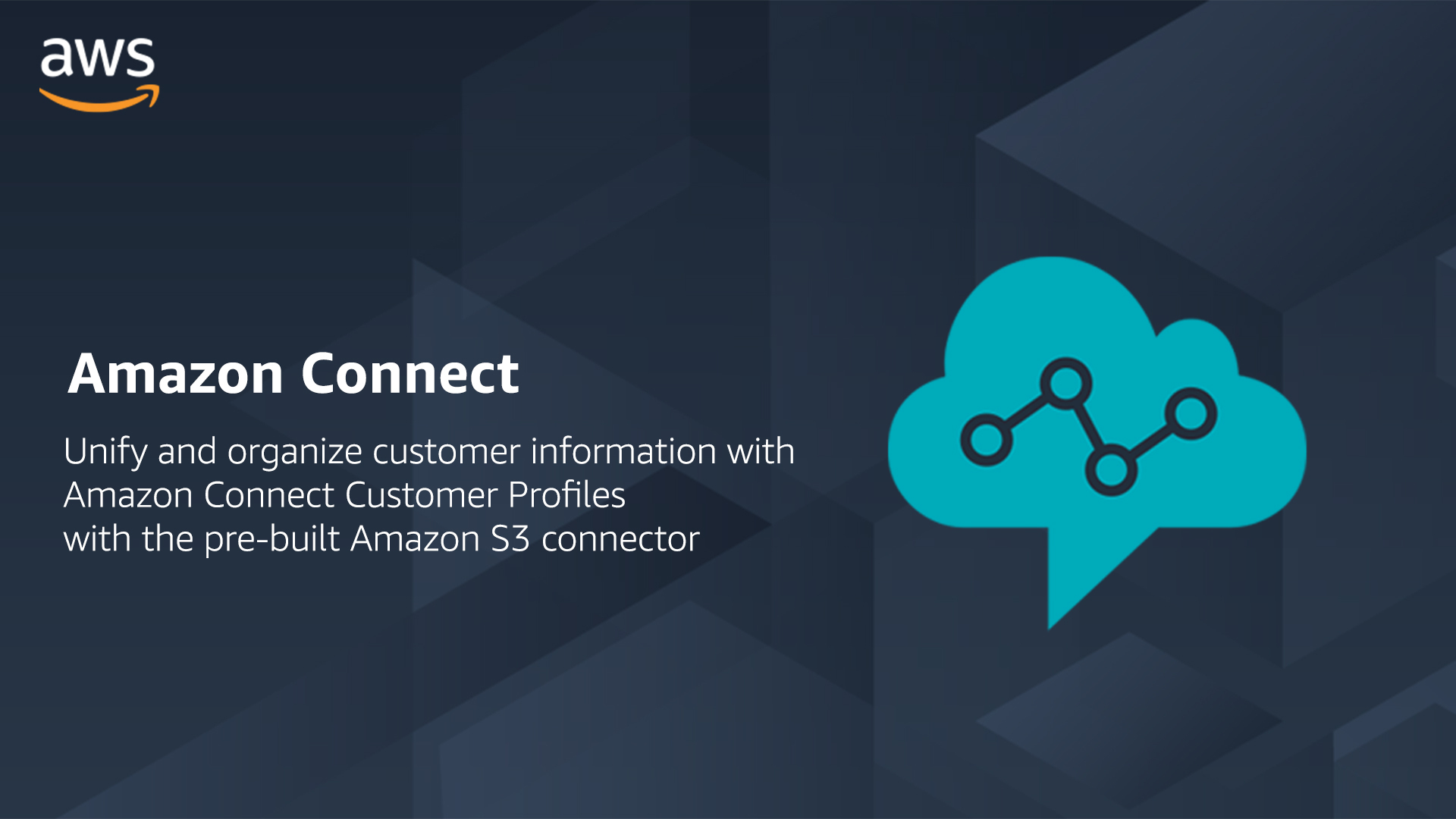A Beginner's Guide to Using Amazon Connect in AWS
 Sumit Mondal
Sumit Mondal
Introduction:
In the ever-evolving landscape of customer service, businesses are constantly seeking efficient and user-friendly solutions. Amazon Connect, a cloud-based contact center service by AWS, emerges as a robust platform for managing customer interactions. If you're new to Amazon Connect and AWS, fret not! This guide will walk you through the basics of setting up and using Amazon Connect in a simple and easy-to-understand manner.
Getting Started:
Sign Up for an AWS Account:
- If you don't have an AWS account, start by signing up on the AWS website. Amazon Connect is a pay-as-you-go service, so make sure to review the pricing details.
Access Amazon Connect:
- Once you have an AWS account, navigate to the AWS Management Console and search for Amazon Connect. Click on the service to get started.
Setting Up Your Amazon Connect Instance:
Create an Amazon Connect Instance:
- Within the Amazon Connect console, click on "Create instance." Follow the prompts to set up your instance, providing necessary details such as instance name, description, and the type of Amazon Connect experience you want to use.
Define Your Contact Flows:
- Contact Flows in Amazon Connect represent the customer experience. Create flows that guide customers through interactions, such as welcome messages, prompts, and routing to the appropriate queues.
Configure Your Routing Profiles and Queues:
- Set up routing profiles to define agent availability hours and skills required. Create queues to manage incoming contacts and direct them to the right agents based on skills and priority.
Add Users and Agents:
- Invite users to your Amazon Connect instance and assign them roles. Agents will handle customer interactions, while supervisors can monitor and manage the contact center.
Customizing Amazon Connect:
Design a Customer Queue Experience:
- Customize hold music, prompts, and messages to create a seamless and branded experience for customers waiting in the queue.
Integrate with AWS Services:
- Leverage other AWS services to enhance your contact center capabilities. For example, integrate with Amazon Lex for natural language understanding or use Amazon Connect with Amazon Connect Tasks for managing customer interactions.
Managing and Monitoring Your Contact Center:
Monitor Performance Metrics:
- Keep an eye on key performance indicators (KPIs) such as queue wait times, agent availability, and customer satisfaction. Amazon Connect provides real-time and historical metrics for better insights.
Use Analytics for Continuous Improvement:
- Analyze customer interactions with services like Amazon Connect Customer Profiles and gain valuable insights. Use this data to refine your contact flows and improve the overall customer experience.
Conclusion:
Amazon Connect in AWS offers a scalable and flexible solution for businesses of all sizes to manage customer interactions effectively. By following these simple steps, you can set up and customize your contact center to meet the specific needs of your organization. As you explore the features and functionalities of Amazon Connect, you'll discover a powerful tool that empowers you to deliver outstanding customer service in the cloud. Happy connecting!
Subscribe to my newsletter
Read articles from Sumit Mondal directly inside your inbox. Subscribe to the newsletter, and don't miss out.
Written by

Sumit Mondal
Sumit Mondal
Hello Hashnode Community! I'm Sumit Mondal, your friendly neighborhood DevOps Engineer on a mission to elevate the world of software development and operations! Join me on Hashnode, and let's code, deploy, and innovate our way to success! Together, we'll shape the future of DevOps one commit at a time. #DevOps #Automation #ContinuousDelivery #HashnodeHero